
The Piper PA-44 Seminole is an American twin-engined light aircraft manufactured by Piper Aircraft.
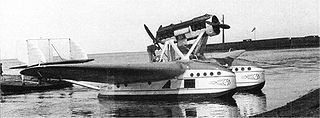
The Savoia-Marchetti S.55 was a double-hulled monoplane flying boat designed and produced by the Italian aircraft manufacturer Savoia-Marchetti. It was designed to perform both commercial and military applications.

The American Champion 8KCAB Decathlon and Super Decathlon are two-seat fixed conventional gear light airplanes designed for flight training and personal use and capable of sustaining aerobatic stresses between +6g and −5g. The Decathlon entered production in the United States in 1970 as a more powerful and stronger complement to the American Champion Citabria line of aircraft.
Fajr F.3 is an Iranian full composite four-seat training/touring aircraft built by Fajr Aviation & Composites Industry. First flown in 1995, production commenced in 2001 after the aircraft was certified to JAR-23 standard. It has been speculated that it is a copy/modification of the Cirrus SR-20.

The Supermarine Sea Otter was an amphibious aircraft designed and built by the British aircraft manufacturer Supermarine. It was the final biplane flying boat to be designed by the company, and the last biplane to enter service with both the Royal Navy and the Royal Air Force (RAF).

The Tecnam P92 Echo and Tecnam P92 Eaglet are Italian high-winged, light aircraft, designed by Luigi Pascale and built by Tecnam of Naples.

The Piaggio P.166 is an Italian twin-engine pusher-type utility aircraft developed by Piaggio Aero. The aircraft model name was Portofino, and is also known as Albatross in South African military service.

The AS/SA 202 Bravo is a two to three-seat civil light aircraft jointly designed and manufactured by the Swiss company Flug- und Fahrzeugwerke Altenrhein (FFA) and the Italian company Savoia-Marchetti. The aircraft was designated the AS 202 in Switzerland, and the SA 202 in Italy.

The Colonial Model C-1 Skimmer was an American small single-engined amphibian flying boat built by the Colonial Aircraft Corporation. It was the start of a line of very similar aircraft designed by David Thurston.

The Piaggio P.148 was a 1950s Italian two-seat primary or aerobatic training monoplane designed and built by Piaggio Aero.

The Lake Buccaneer is an American four-seat, light amphibious aircraft derived from the Colonial C-2 Skimmer, itself a development of the three-seat Colonial C-1 Skimmer.

The Nardi FN.333 Riviera, later the SIAI-Marchetti FN.333 Riviera, is an Italian luxury touring amphibious aircraft designed and developed by Fratelli Nardi in the 1950s and produced in small numbers by Savoia-Marchetti during the following decade.

The Grob GF 200 was a business aircraft of unorthodox design developed in Germany during the 1990s.
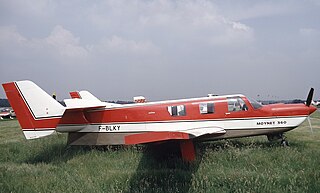
The Moynet M 360 Jupiter was a small executive transport built in France in the 1960s. It had an unusual twin-push-pull, single-fuselage configuration. Two prototypes were produced, the second with more power and seating, but no sales resulted.
The Piaggio P.23M was an Italian commercial transport aircraft prototype designed and built by Piaggio.

The Piaggio P.111 was an Italian high-altitude research aircraft designed and built by Piaggio for the Regia Aeronautica.
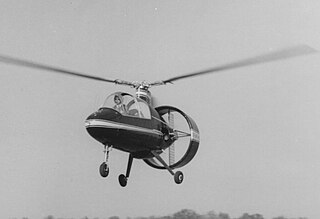
The Avian 2/180 Gyroplane was a two-seat, single-engine autogyro built in Canada in the 1960s. Several prototypes were built but production was not achieved.
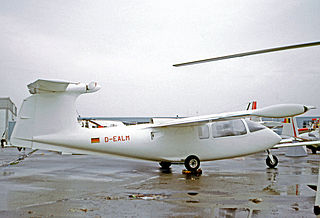
The Pöschel Equator was a single engine, 6/8 seat amphibious aircraft built in the 1970s featuring glass-fibre covered fuselage. Three aircraft were built, each with different engine or wing positions, but no production followed.

The Fly-Fan Shark is a Slovak light aircraft designed by Frantisek Sustek and initially developed by Fly-Fan of Trenčín. Development continues under the new owner of the design, AENEA Services. The design was introduced at the AERO Friedrichshafen show in 2007 as a mock up and in 2011 as a flying aircraft. The aircraft first flew on 29 June 2011 and is intended to be supplied as a complete ready-to-fly-aircraft.
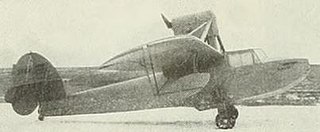
The Argonaut Pirate was a 1930s, U.S., three place, single-engined pusher configuration amphibious aircraft. Only two were built.





















